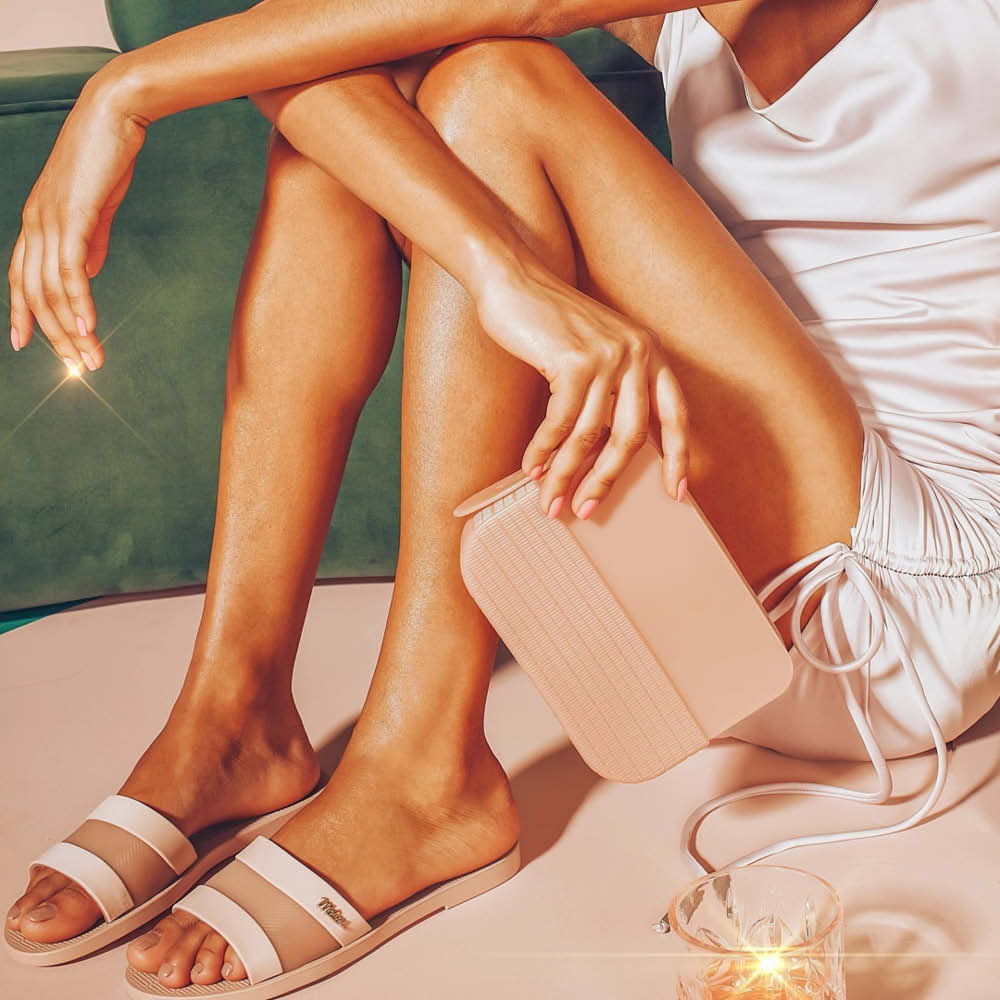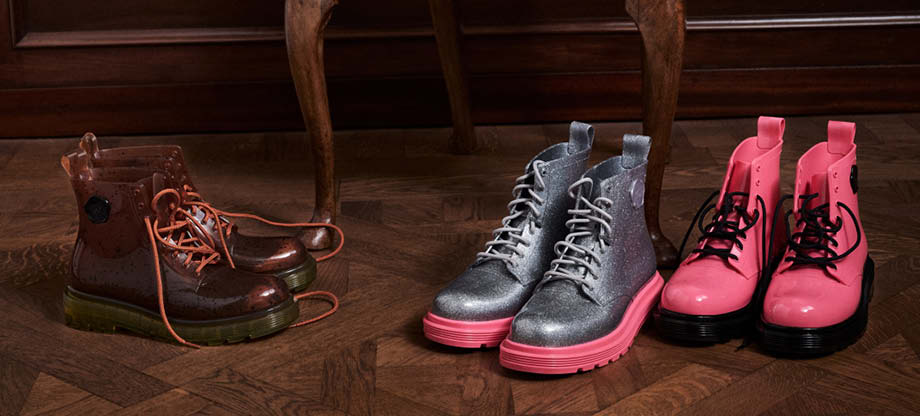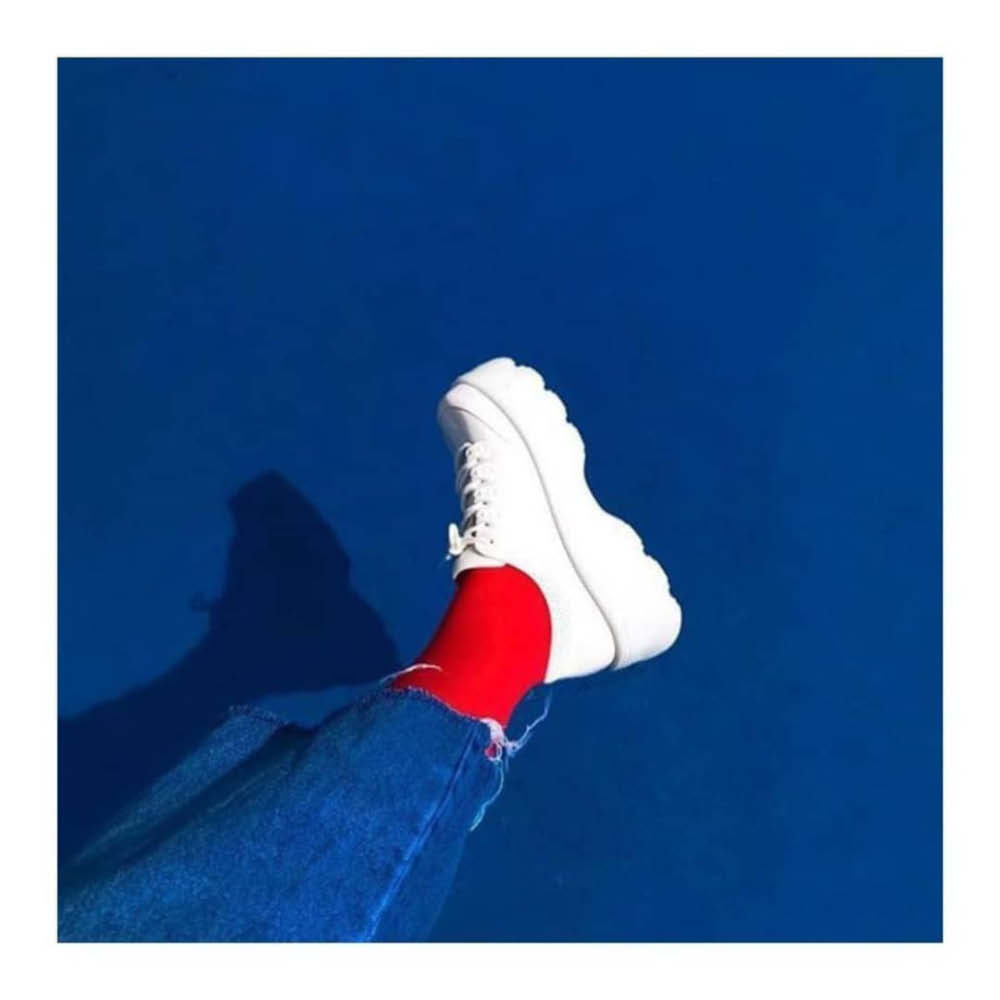Brazilian-based shoe brand Melissa, known best for its perky shoes and unique designs, is changing plastic as the world sees it. The brand popularly uses plastic for all its designs, creating distinctive shoes for both `women and men. The brand has come a long way from its launch in 1979 when using plastic for shoes was a lesser-known phenomenon. The launch saw its classic shoe, the Aranha, gain popularity across different communities, and rather quickly. The jelly-style shoes that one often sees as the perfect monsoon footwear, have become a popular style statement today.

The catch, however, is the brand’s sustainability despite the use of plastic-something seen as a complete no-no in the world of sustainability. The brand uses MELFLEX, a unique and patented plastic material. Melflex is a form of Polyvinyl chloride, better known as PVC, a commonly used synthetic plastic polymer. Melissa’s version of PVC, however, is hypoallergenic, odourless has increased elasticity and most importantly, is 100 per cent recyclable. “MELFLEX is produced in-house in Brazil, so we make our own raw material. There’s a lot of technology that goes into making the material, wherein the plastic is transformed and made more elastic, durable and good for the skin,” says Ruchi Sally, Managing Director of Melissa India. “You can use Melissa products for years and you can give it back to get it recycled,” she adds.

Image Source: Instagram/melissashoesindia
In a world where a majority are trying to avoid plastics, the brand stays true to its belief in the material by using it consciously. Talking about the future of plastics in fashion, Sally says, “We (at Melissa) have essentially made fashion out of plastic. Plastic is a very good material if it is used properly. If it is created in a way that allows being reused if it is made in a way that brings out its features in a beautiful way. I think recyclable plastic has a very good future because it is a kind of material that stays for longer and can be treated over and over to make new products.” As rightly pointed out by Ruchi, the problem essentially lies with how we use most materials. “The problem isn’t really plastics but the wastage. If plastic can be a part of the solution, it is a beautiful material; it’s cruelty-free as animals are not harmed in the production process and there are a lot of communities across India as well that do not prefer wearing leather,” says Sally who is an active animal rights activist herself.
The brand also runs a recycling campaign, allowing customers to return their Melissa shoes to be recycled and made into new shoes. “In the US and Brazil, we have kiosks, where old shoes can be sent (for recycling). There are promotions that we run to encourage customers to recycle. In this way we are trying to work on reverse logistics,” says Sally. The concept, newly launched in its home market in Brazil, is set to eventually start in markets like India as well. Besides returns from customers, the brand also recycled 30 per cent of its factory waste. “Sustainability is a journey. We also recycle 100 per cent of our water waste,” she says.

Image Source: Instagram/melissashoesindia
While sustainability is seemingly a strong part of its brand identity, another important part of the brand’s DNA is its unique design identity and inclusivity. One of the first brands to introduce customers to design collaborations through its products, Melissa started its string of collaborations with Jean Paul Gaultier back in 1983 and went on to collaborate with some of the most iconic designers in the fashion industry, including Karl Lagerfeld, Jason Wu, Vivienne Westwood and many more. Its most recent collaboration is with fashion house Viktor and Rolf, which signifies the reinvention of haute couture within the brand’s universe. The collection, Haute Fantasie, include the Coturno boots which are a reinvention of the classic jelly shoes from the brand.

The brand also attempts to bring together art and architecture as well. The brand started the Galeria Melissa São Paulo, as a space where designers and stylists can showcase unique creations as well architectural installations. “In 2018 we also launched mapping, wherein the team goes to different parts of the world, sees what is special about the place and brings out the inspirations through the collections,” adds Sally.

Image Source: Instagram/melissashoesindia
Diversity at Melissa is not just restricted to design and art but is also extended through its gender-inclusive collections. “All our collections bring out the message of equality and diversity and they bring out the message that ‘fashion is freedom’ and the message that as a world we are connected and we are connected in fashion,” says Ruchi. Melissa’s genderless collection includes a varied range of sneakers, loafers and sandals.